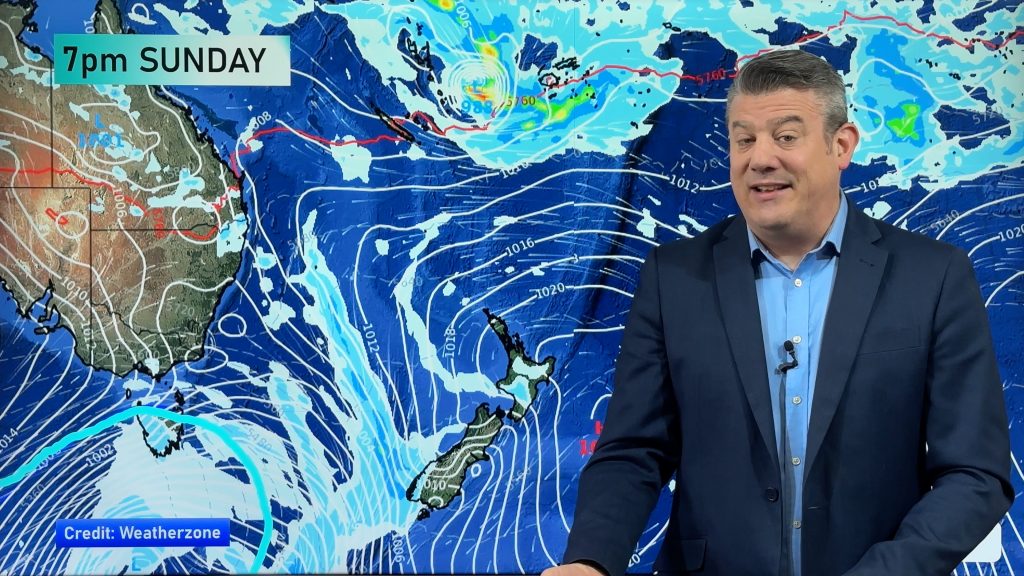
> From the WeatherWatch archives
Writing for NZHerald.co.nz weather analyst Philip Duncan looks into the US hurricane season and gives his views on the accuracy of those who predicted the season before it even kicked off.
The US hurricane season is almost done for 2010 but the season, so how did the forecasters go with their initial predictions?
The season was incredibly active – but at the same time incredibly non-news worthy. While the numbers are impressive it is a little bit like saying New Zealand recorded winds of 200km/h…but it was at the top of Mt Cook.
The season was touted as being one that would be the same, if not worse, than the 2005 season that spawned Katrina.
Well the forecasters were bang on with part of that prediction. The 2010 season was the most active since 2005 with 19 named storms, 12 of which were hurricanes. Actually it has turned out to be one of the busiest tropical storm seasons on record.
Click here to view a map of all the Atlantic storms this year.
But despite the high numbers the storms not only remained well away from land, affecting mostly the open waters of the Atlantic Ocean, but they paled in comparison to the velocity of the tropical storms created in 2005.
This year we had a few Category 4 hurricanes but not one Cat 5 – the strongest a storm can get.
In 2005 the hurricane season proved to be the most active season in recorded history, breaking a number of records – and using up all the names they had assigned for the year. Once they used up the last on the list – the monster Cat 5 storm Wilma that slammed Mexico’s Yucatan Peninsula – they then had to fall back on to the greek alphabet with storm names Alpha, Beta (cat 3), Gamma, Delta, Epsilon (cat 1) and Zeta. Remarkably Zeta formed at the end of December, the start of winter for the United States and it lasted until January.
Amongst these 28 named storms (compared to 19 so far this year) four made it to Category 5 status and two of those – Katrina and Wilma, were the most intense hurricanes ever recorded in the Atlantic.
Air pressure plummeting to around 900hPa.
It’s hard to grade the forecasters on this one. I’d probably give them 6 of 10. Most of those points awarded were due to the fact they specifically identified a large number of storms this year and that’s what they got.
But they lose points because none were Cat 5, few hit land, and none were anywhere near as intense as the 2005 season. While that’s a great thing, it does run the risk of affecting peoples attitude towards these long range forecasts. Personally, I don’t like hearing of predicted numbers. I couldn’t care less if there were 20 names storms… because it only takes 1 to hit you and destroy your livelihood. I’d far rather know the chances of one hitting me/my home. Some of you might say “Sure, but there’s a higher chance of being hit if there are 20 storms compared to 10”. That isn’t the case at all. Tropical storms form anywhere and at any time. They don’t have much of a pattern and you just have to look at the history of their tracks to know that it just takes one storm to cause major problems…while 10 other storms don’t even impact any land mass at all.
Despite the lack of storms hitting land this year, there tragically was still loss of life. Over 200 deaths…and that number is growing even today in unrelated deaths since the outbreak of cholera in Haiti by hurricane Tomas.
Tomas was actually a fairly weak storm when it hit, but it hit a nation that can’t cope with these storms at the best of times, let alone the worst of times
Comments
Before you add a new comment, take note this story was published on 21 Nov 2010.





Add new comment